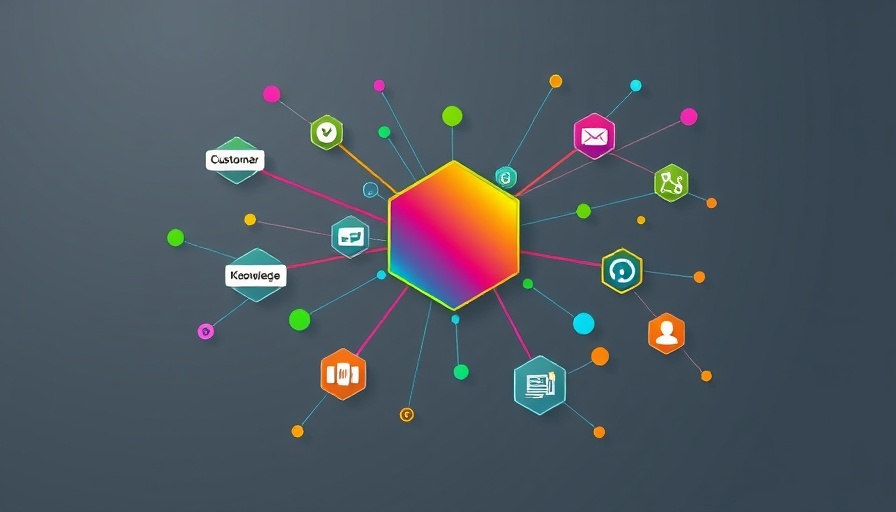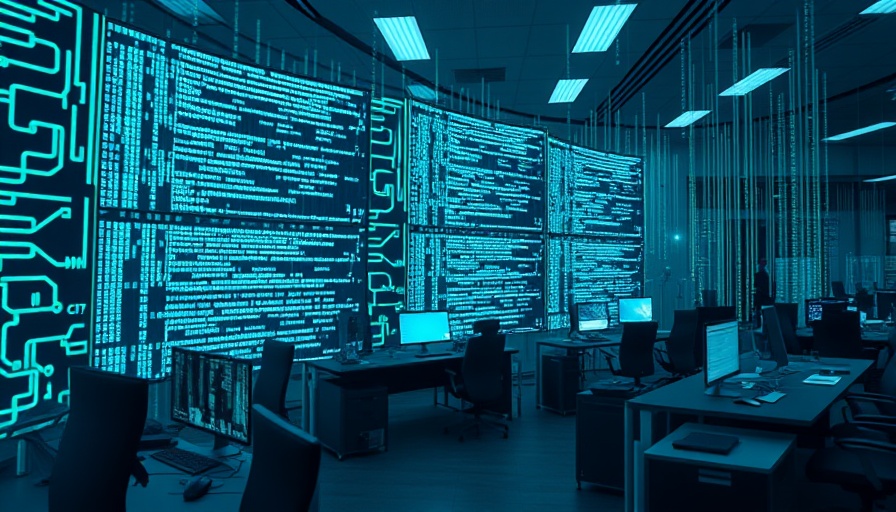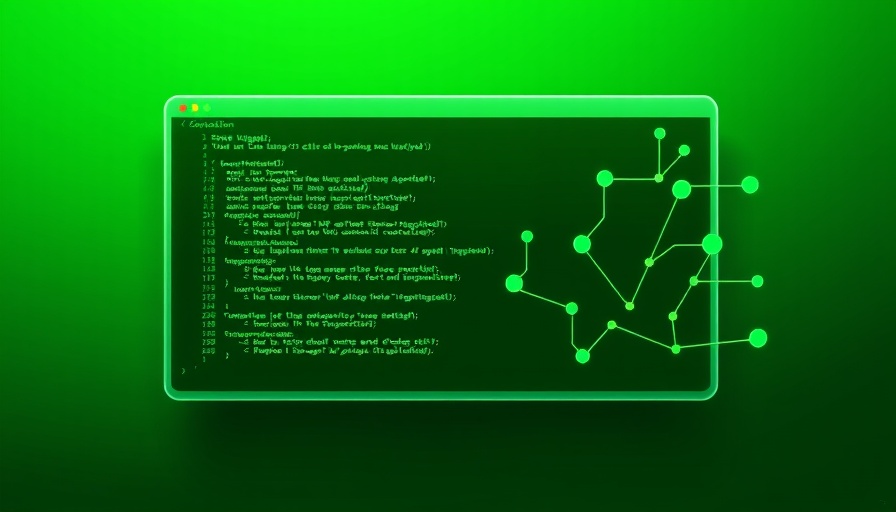
Atlassian’s AI Gateway: Revolutionizing Model Access
Atlassian is making waves in the tech world with its innovative AI Gateway, a platform designed to streamline access to a plethora of large language models (LLMs) and integrate them seamlessly into its tools. As artificial intelligence continues to evolve rapidly, organizations often find themselves navigating a complex landscape of various models, each with unique strengths and weaknesses. Atlassian recognizes this challenge and has positioned itself at the forefront, partnering with leading providers like OpenAI, Anthropic, and Google.
All-in-One Model Garden
The AI Gateway boasts a well-curated model garden featuring over 20 LLMs and various tools from multiple providers. This diversity is crucial for developers, enabling them to interact with disparate models through a single, consistent API. By simplifying model management, Atlassian has not only saved valuable development time but also reduced the likelihood of errors associated with managing multiple integrations. As a result, developers can focus more on innovation rather than getting bogged down by technical barriers.
Reliability in AI
A notable feature of Atlassian’s AI Gateway is its automated fallback capability. Given the nascent stage of LLM technology, weaknesses in model performance can invariably arise. The AI Gateway intelligently reroutes requests to alternative models when one malfunctions, ensuring uninterrupted service for users. This system of resilience means that developers can trust the platform to maintain high levels of performance, even when faced with unexpected issues.
Empowering Developers
The AI Gateway not only supports integration but fosters a rich environment for experimentation. With over 100 use cases generated across various Atlassian apps, the platform is proving to be a fertile ground for innovation. The robust security measures in place—such as zero data retention—further solidify the trust developers have in the system, ensuring compliance and safeguarding user privacy while they explore new capabilities.
Concluding Thoughts
As developers at Atlassian continue to leverage the AI Gateway to its fullest potential, users can expect to see an uptick in efficiency and creativity across their favorite apps. The integration of AI into daily operations signifies a pivotal shift in how software is built and used, placing the power firmly in the hands of developers. For developers and tech enthusiasts, understanding how tools like the AI Gateway operate can inspire the next wave of innovative solutions.
 Add Row
Add Row  Add
Add 




Write A Comment